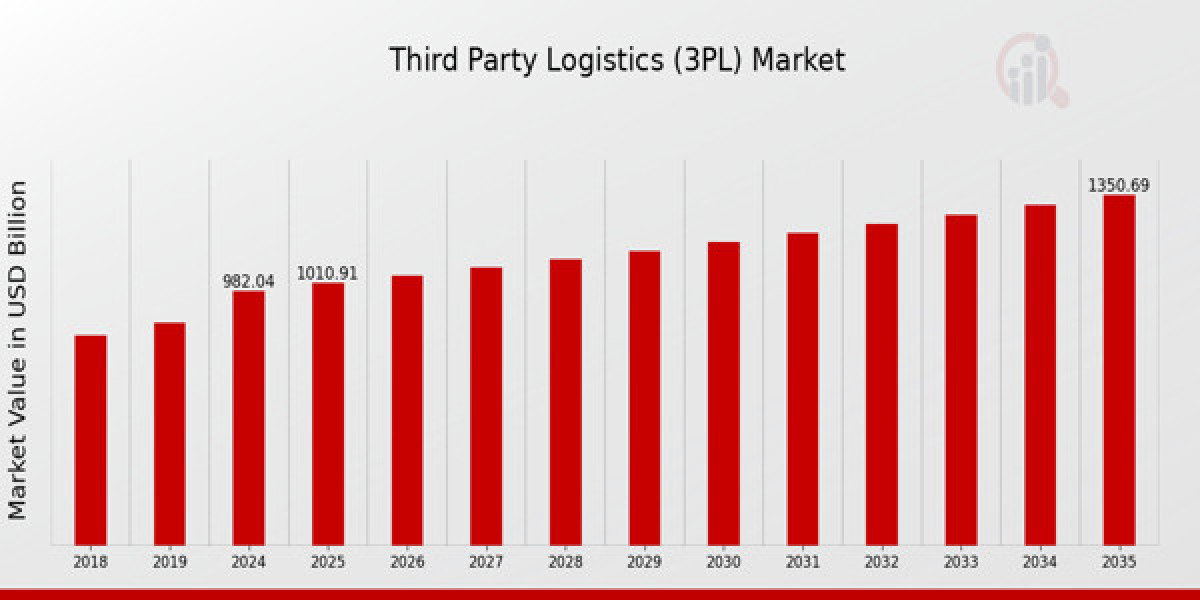The global surface mining market forms the backbone of the modern economy. From the steel in skyscrapers to the copper in smartphones, nearly every industrial product relies on the steady supply of minerals. This demand is met through efficient mineral extraction processes carried out by surface mining companies across the world. Unlike underground mining, surface techniques are faster, safer, and capable of producing higher volumes of raw materials at lower costs.
In recent years, rising energy needs, urbanization, and advancements in open-pit mining equipment have shaped the future of the industry. Meanwhile, environmental concerns and sustainability goals are encouraging mining firms to rethink how mining operations are managed.
Surface Mining: A Key Driver of Global Development
Surface mining refers to techniques where soil and rock are stripped away to expose deposits near the Earth’s crust. The method is commonly used for coal, iron ore, bauxite, limestone, and other industrial minerals. These raw materials are essential for construction, energy production, and manufacturing.
For example:
Coal fuels power plants in several nations.
Iron ore supports global steel industries.
Copper is a critical input for renewable energy technologies.
Without surface mining companies ensuring continuous mineral extraction, these sectors would face significant bottlenecks.
The Role of Mining Machinery in Modern Operations
Technology has always been central to mining progress, and the latest generation of mining machinery has transformed how projects are executed.
Key innovations include:
Automation and AI – Autonomous haul trucks and drilling systems reduce accidents while improving productivity.
Smart sensors and IoT – Enable predictive maintenance of open-pit mining equipment, lowering downtime.
High-capacity machinery – Larger shovels, draglines, and bulldozers allow companies to move more earth in less time.
Energy-efficient machines – Reduce fuel use and emissions, aligning with global sustainability targets.
These innovations allow mining operations to become not only more productive but also more sustainable in the long term.
Market Drivers Fueling Growth
Several global forces are driving demand in the surface mining market:
Urbanization and Infrastructure Expansion
Growing cities require cement, steel, and aggregates, all dependent on reliable raw materials supply.Energy Demands
Despite the rise of renewables, coal remains significant in some regions. At the same time, minerals like lithium and copper—extracted via surface methods—are crucial for renewable energy infrastructure.Industrial Growth
Emerging economies are heavily reliant on mineral extraction to sustain their manufacturing industries.Technological Progress
The adoption of cutting-edge mining machinery makes projects more feasible and cost-effective.
Sustainability and Environmental Challenges
Although surface mining supports industries, it also raises environmental concerns. Excessive land disturbance, deforestation, and emissions from mining operations often attract criticism.
Leading surface mining companies are responding by:
Rehabilitating mined land with vegetation.
Recycling water used in extraction.
Introducing hybrid and electric open-pit mining equipment.
Reducing carbon footprints through renewable power sources.
These initiatives help the industry balance the demand for raw materials with environmental stewardship.
Regional Insights
The surface mining industry varies by geography:
Asia-Pacific: The largest consumer due to rapid industrialization in China and India.
North America: Advanced in automation and sustainability practices.
Latin America & Africa: Rich in mineral resources, attracting global investments in mining operations.
Each region presents unique opportunities and challenges, from regulatory landscapes to resource availability.
Competitive Landscape
The market is dominated by global leaders specializing in advanced mining machinery and innovative open-pit mining equipment. Partnerships, mergers, and acquisitions are common as companies attempt to expand their resource base. Smaller regional firms often focus on niche mineral deposits or local demand for raw materials.
Innovation has become a key differentiator. Companies investing in automation, digitalization, and environmentally responsible practices are expected to lead the next wave of growth.
Challenges Facing the Industry
Despite growth prospects, surface mining faces hurdles:
Rising operational costs due to complex regulations.
Volatility in commodity prices affecting project profitability.
Public resistance to large-scale mining operations due to environmental concerns.
High initial investments in advanced open-pit mining equipment.
Addressing these challenges requires innovation, government collaboration, and transparent community engagement.
Future Outlook
The future of the surface mining market will be shaped by sustainability, efficiency, and innovation. Some expected trends include:
Expansion of electrified and hybrid fleets of mining machinery.
Greater focus on circular economy models where recycled materials reduce dependency on fresh mineral extraction.
Increasing use of digital twins and AI-driven simulations for optimizing mining operations.
Stronger emphasis on ESG compliance by leading surface mining companies.
Conclusion
The surface mining market is a cornerstone of global progress, delivering the essential raw materials required by industries worldwide. With rapid advancements in mining machinery and open-pit mining equipment, companies are redefining how mineral extraction is carried out.
As demand continues to grow, the industry’s ability to balance efficiency with sustainability will determine its long-term success. Surface mining companies that embrace innovation and adopt environmentally responsible practices will be at the forefront of this transformation.





